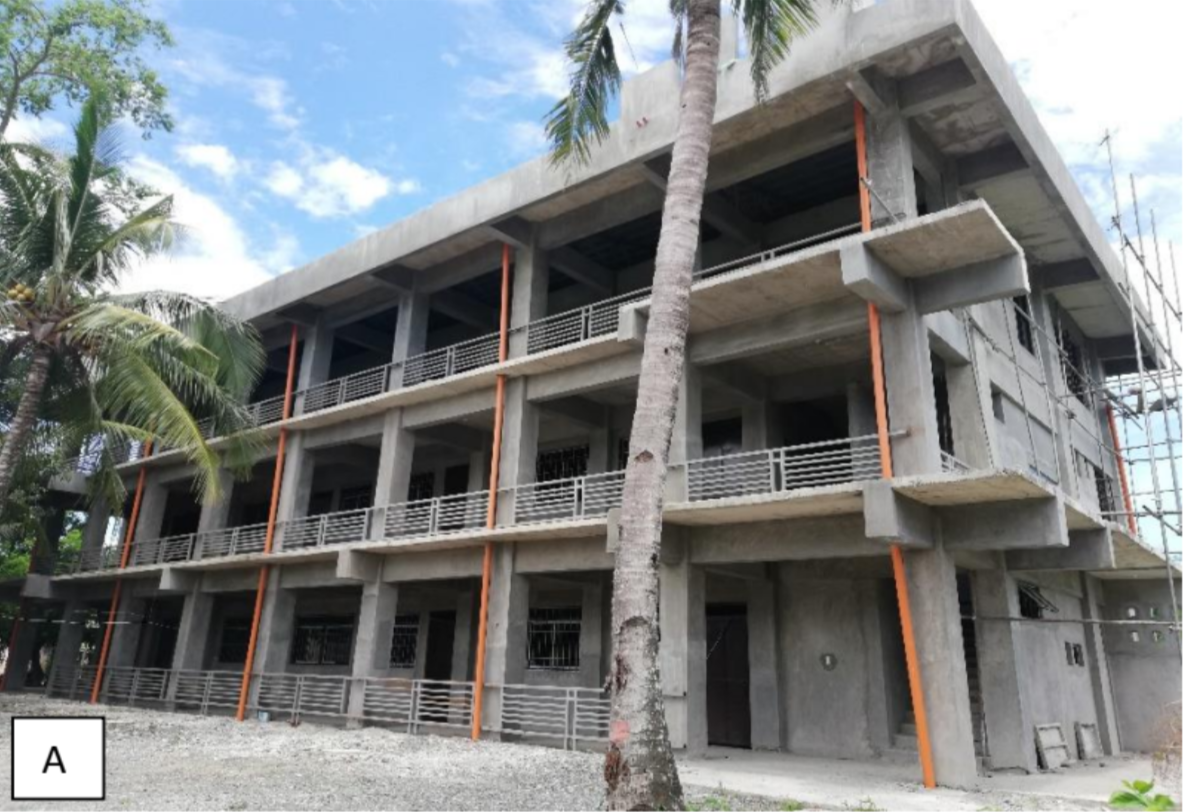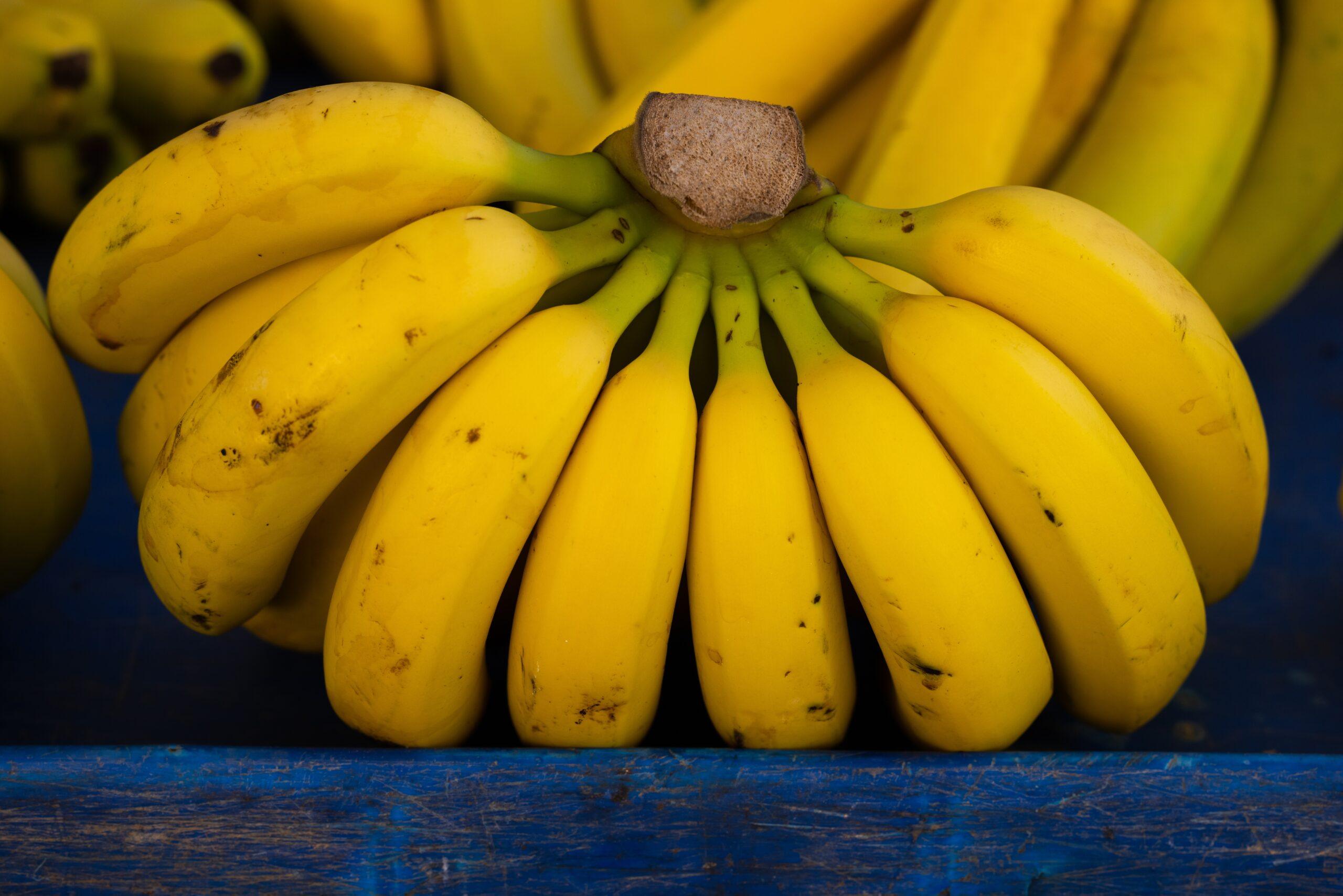| Exceutive Order |
Executive No. 807, s. 2009 |
2009 |
null |
Repealing Letter of Instruction (LOI) No. 58, as Amended, Limiting the Hectarage for Banana Export Plantation to 26,250 Hectares |
One of the goals of the 2004-2010 Medium-Term Philippine development Plan is to develop new land for agribusiness to create more job opportunities and to strengthen global competitiveness. The Philippine export banana industry has gained global market strength over the years producing one of the country’s major export products and source of jobs. LOI 58 issued on 22 February 1973, as amended by LOI 790 issued on 6 January 1979, limits the hectarage that could be planted to export banana at 26,250 hectares. The existing hectarage planted to export banana increased over the years and has exceeded the limit allowed under said LOI due to increasing global market demand. Improving the country’s global market position in the export banana industry necessitates the repeal of LOI 58 as amended. |
The order seeks to repeal the Letter of Instruction No. 58 (series of 1973). |
https://www.officialgazette.gov.ph/2009/06/08/executive-order-no-807-s-2009/ |
Banana |
null |
Jeff U. |
05/27/2025 |
|
C:\Users\MISD-Jeff\Documents\PCAARRD\Formatting\Output\Banana_2025-05-27_processed.xlsx |
| Guidelines/Strategies |
Philippine National Standards for Banana |
2008 |
null |
Philippine National Standards for Fresh fruits - Banana |
Minimum requirements:
In all classes, subject to the special provisions for each class and the tolerances
allowed, the banana must be:
- mature;
- whole (finger as the reference);
- firm; sound (fit for consumption);
- clean; practically free of any visible foreign matter;
- preferably free of bruises and blemishes;
- preferably free of pests;
- preferably free of damage caused by pests;
- free of abnormal external moisture, excluding condensation following removal
from cold storage;
- free of any foreign smell and/or taste; and
- with flower remnants removed.
In addition, hands and clusters must include a sufficient portion of the crown with or without peduncle fragments, sound and free of fungal contamination.
The banana must have been carefully picked and have reached an appropriate
degree of development and maturity in accordance with criteria proper to the variety and to the area in which they are grown.
The development and condition of the banana must enable it:
- to withstand transport and handling; and
- to arrive in satisfactory condition at the place of destination. |
The PNS for Banana establishes a system of classifying and grading banana (generally
considered table banana) grown from Musa spp., of the Musaceae family, in the mature stage, to be supplied fresh to the consumer, after preparation and packaging. Banana intended for cooking only (plantains) or for industrial processing are
excluded. |
http://spsissuances.da.gov.ph/attachments/article/841/PNS-BAFPS%2064-2008-Banana.pdf |
Banana |
null |
Jeff U. |
05/27/2025 |
|
C:\Users\MISD-Jeff\Documents\PCAARRD\Formatting\Output\Banana_2025-05-27_processed.xlsx |
| Order |
Department of Agriculture Administrative Order No. 25 |
2005 |
null |
Guidelines on the Certification of Good Agricultural Practices (GAP) for Fruits and Vegetable (FV) Farming |
Scope of Guidelines. This establishes the rules applied by the Department of
Agticullre (DA) for granling. mainlaining and withdrawing Good Agricultural
Practices (GAP) Cerlficale to individal growers or farms in the fresh fiuit and
vegelable sector or (o their Piuduce Markeling Organizations (PMOs) that market
and or trade the produce. |
The AO seeks to establish specific guidelines in GAP certification and generally ensures the safety nd quality of fruits and vegetables consumed fresh. |
http://spsissuances.da.gov.ph/attachments/article/363/DA%20AO%2025%20Series%20of%202005%20Guidelines%20on%20the%20Certification%20of%20Good%20Agricultural%20Practices%20for%20Fruits%20and%20Vegetable%20Farming.pdf |
Banana |
null |
Jeff U. |
05/27/2025 |
|
C:\Users\MISD-Jeff\Documents\PCAARRD\Formatting\Output\Banana_2025-05-27_processed.xlsx |
| Guidelines/Strategies |
Philippine National Standards for Saba and Cardaba Bananas |
2004 |
null |
Philippine National Standards for Fresh fruits - Saba and Cardabas Bananas- Specification |
This Philippine National Standard for Fresh Fruit ‘Saba’ and ‘Cardaba’ bananas,
PNS/BAFPS 08:2003 was formulated in view of the increasing importance of the
commodity in the local economy and potential in international trade. These type of bananas are classified as cooking bananas and should have a separate and more claborate standard than that of PNS 81:1987, which are for table banana varictics. It is imperative that further elaboration based on the physical characteristics, classification, tolerances, sampling, marking or labeling, and safety requirements of ‘Saba’ and 'Cardaba’ bananas be reflected in a separate standard.
Minimum requirements:
In all classes subject to the special provisions for cach class and the tolerances allowed, the fruits must meet the following requirements:
5.1 The fruit must be reasonably clean, free from diseases, insects, molds and other contaminants.
5.2 The use of chemical process for ripening is allowed provided it conforms with PNS/SAO 74.
5.3 Pesticide residues shall meet the requirements of the Codex Alimentarius
Commission Vol. 2. |
The PNS for Saba and Cardaba Bananas establishes a system of grading and classifying ‘Saba’ and “Cardaba’ type bananas grown from Musa balbisiana of the Musaceac family produced in the Philippines. |
http://spsissuances.da.gov.ph/images/DAPNS/PNS-BAFS08-2004-Freshfruit-SabaCardabaBananas.pdf |
Banana |
null |
Jeff U. |
05/27/2025 |
|
C:\Users\MISD-Jeff\Documents\PCAARRD\Formatting\Output\Banana_2025-05-27_processed.xlsx |
| Law |
Republic Act No. 7900 |
1995 |
9th |
An Act To Promote The Production, Processing, Marketing, And Distribution Of High-Value Crops, Providing Funds Therefor, And For Other Purposes, "High-Value Crops Development Act of 1995" |
It is hereby declared the policy of the State to accelerate the growth and development of agriculture in general, enhance productivity and incomes of farmers and the rural population, improve investment climate, competencies and efficiency of agribusiness and develop high-value crops as export crops that will significantly augment the foreign exchange earnings of the country, through an all-out promotion of the production, processing, marketing, and distribution of high-value crops in suitable areas of the country.
HVCs are defined as crops other than traditional crops which include, but are not limited to: coffee and cacao, fruit crops (citrus, cashew, guyabano, papaya, mango, pineapple, strawberry, jackfruit, rambutan, durian, mangosteen, guava, lanzones, and watermelon), root crops (potato and ubi), vegetable crops (asparagus, broccoli, cabbage, celery, carrots, cauliflower, radish, tomato, bell pepper, and patola), legumes, pole sitao (snap beans and garden pea), spices and condiments (black pepper, garlic, ginger, and onion), and cutflower and ornamental foliage plants (chrysanthemum, gladiolus, anthuriums, orchids, and statice). |
The Act aims to promote the production, processing, marketing, and distribution of high-value crops in suitable areas of the country. |
https://www.congress.gov.ph/legisdocs/ra_09/Ra07900.pdf |
Banana |
null |
Jeff U. |
05/27/2025 |
|
C:\Users\MISD-Jeff\Documents\PCAARRD\Formatting\Output\Banana_2025-05-27_processed.xlsx |







